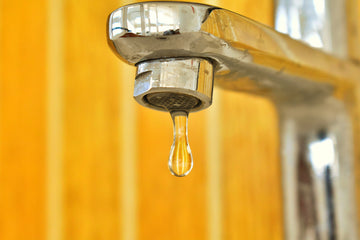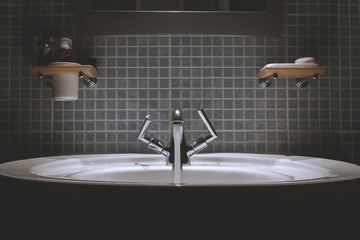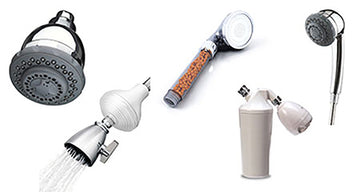

How many types of bathroom faucets do you know?
What types of bathroom faucets are out there? What types of faucets have you seen? And do you know about their characteristics? If you want to know more, the following article introduction can help you.
Centerset faucets
Centerset faucets are easily recognized by their "all-in-one" design, which includes two handles on a single deck plate. They have long been the standard in most bathrooms (although their popularity seems to be waning) and are perfect for small sinks and tight spaces. These faucets require three holes in the sink or mounting surface; the distance between the handles is 4 inches (measured from the center of each hole). If you're replacing a centerset faucet, it's usually best to go with another centerset, a "minispread" faucet, or a single handle faucet with deck plate (to cover the unused holes).

Single-handle faucets
Like centerset faucets, single-handle faucets are also one of the most common bathroom sightings. They typically utilize only one hole, and can be designed with a small footprint (covering only the single hole) or with a wide deckplate to cover over any unused holes on the sink deck/countertop. But some models will separate the spout from the handle, and so require two holes.

Widespread faucets
Widespread faucets require three holes and typically have their handles set 8" apart, although adjustable models are available that can accommodate distances up to 16". Given their generous spacing, these faucets do not utilize deck plates; the spout and handles are each mounted separately. If you have a larger sink or countertop space and like the look/operation of a two-handle faucet, a widespread faucet is for you.

Minispread faucets
Minispread (or "mini-widespread") faucets are just like the baby of centerset and widespread faucets. Utilizing the same dimensions as the centerset faucet (4" between handle centers), but foregoing the deck plate in favor of individually mounted handles like a widespread faucet, minispread faucets impart a more modern look to any small space.

Wall-mounted faucets
Wall-mounted faucets are most often associated with the kitchen, but can be found in an increasing number of bathrooms. Wall-mounted faucets almost always feature two handles, and usually follow the spacing conventions of widespread faucets with either 8" fixed centers, or adjustable centers for lesser or wider spacing. But these faucets are best-suited for vessel sinks that sit above the counter (or even pedestal sinks) given the height of the faucet relative to the top of the counter.
- Pro Tip: Wall-mounted faucets require a bit more measuring and planning than other options. You need to make sure that the spout will extend well over the sink basin. Consider the angle of the spout, the height of the water exits, and the height of the sink wall based on the strength of the water flow and the position of your hands while washing, as splashing could make for wet floors/countertops.

Vessel faucets
Vessel faucets are taller than most and usually have only one handle. Sometimes called "tall spout" faucets, they're tall enough to accommodate vessel sinks that sit on the countertop. You'll need to make sure that the faucet not only clears the rim of your sink, but does so in a visually-pleasing way; a faucet that reaches only 1" over the sink will probably look and feel awkward (depending on the angle at which water exits).





